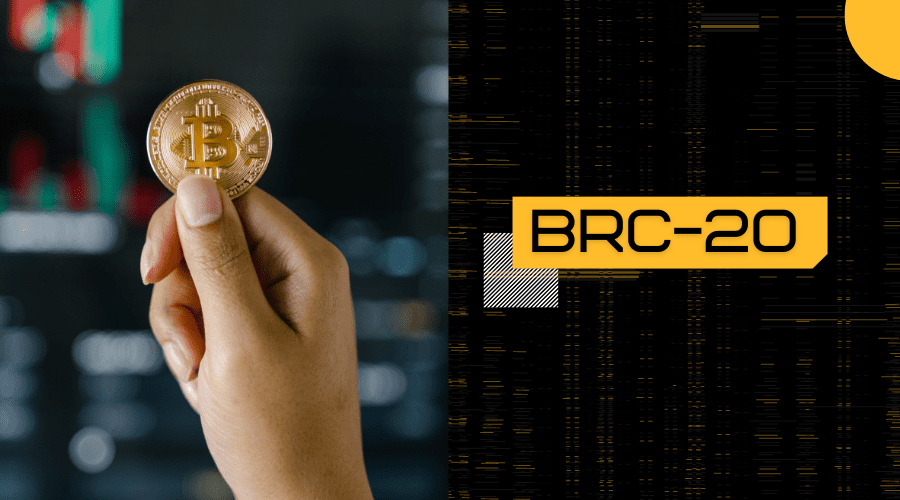New Trend? What is a BRC-20 token? Check to see
New Trend? What is BRC-20 token standard lets take a look

The rise of fungible tokens on the Bitcoin blockchain has given birth to the BRC-20 token standard, specifically tailored for Bitcoin's use. Fungible tokens, characterized by interchangeability and equal value, have gained significant popularity in the cryptocurrency world.
BRC-20 Token Standard Overview
Creation and Background:
The BRC-20 token standard was introduced in March 2023 by Domo, a blockchain analyst. Unlike its ERC-20 counterpart, it doesn't rely on smart contracts but utilizes ordinal inscriptions. Ordinals, supported since Jan. 21, 2023, allow data like JSON to be inscribed onto satoshi tokens, fractions of Bitcoin.
Functionality:
Distinct from ERC-20, TRC-20, and BEP-20, BRC-20 uses JSON inscriptions to program satoshis, creating nonfungible ordinals. However, ordinals have limited functionalities compared to smart contracts, mainly focusing on token minting and transfers.
Pros of the BRC-20 Token Standard
- Compatibility with Bitcoin Network:
- Seamless integration with the Bitcoin blockchain leveraging its robust infrastructure.
- Rapid acceptance within the Bitcoin community.
- Simplicity:
- Utilizes a straightforward tokenization mechanism without the complexity of smart contracts.
- Allows easy minting and transfer of BRC-20 tokens without specialized technical expertise.
- Security:
- Benefits from the inherent security of the Bitcoin blockchain, known for its decentralized nature and proof-of-work consensus mechanism.
- Growth Potential:
- As more projects adopt BRC-20, it is likely to attract developers, investors, and users, fostering innovation and expansion.

Cons of the BRC-20 Token Standard
- No Smart Contract Functionality:
- Lacks support for smart contracts, limiting its capabilities compared to standards like ERC-20.
- Dependency on Bitcoin Blockchain:
- Subject to Bitcoin's inherent constraints, including low scalability and slow transaction speeds, leading to potential efficiency and cost-effectiveness issues.
- Limited Interoperability:
- Tailored for the Bitcoin blockchain, causing challenges for users wanting to engage with alternative blockchain systems.
- Limited Utility:
- Unsuitable for tokenizing nonfungible assets or implementing complex token features, limiting its application scope.
- Smaller Developer Community:
- Relatively smaller pool of developers compared to more established standards, potentially hindering technological progress.
Buying BRC-20 Tokens
- Requires a Bitcoin Taproot-enabled wallet such as UniSat Wallet or Ordinals Wallet.
- Connect the wallet to a marketplace supporting BRC-20 tokens and ensure sufficient BTC for transaction fees.
- Compare prices with the wider market and verify the seller's authenticity by cross-verifying wallet addresses.
Future Outlook
- The future of BRC-20 tokens depends on blockchain industry evolution and token economy dynamics.
- BRC-20 tokens, in the experimental phase, aren't considered ripe for investment yet.
- While promising, a cautious approach is advised due to their evolving status.
Overall, the BRC-20 token standard brings compatibility and simplicity but faces challenges like dependency on the Bitcoin network and limited utility. Its future growth hinges on industry dynamics and community adoption.




































